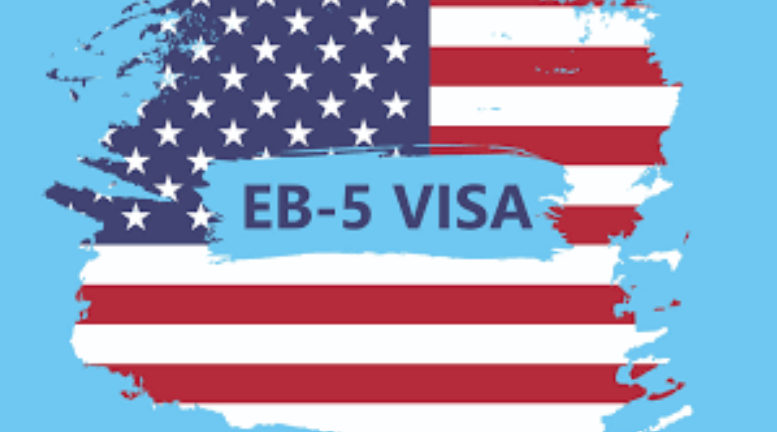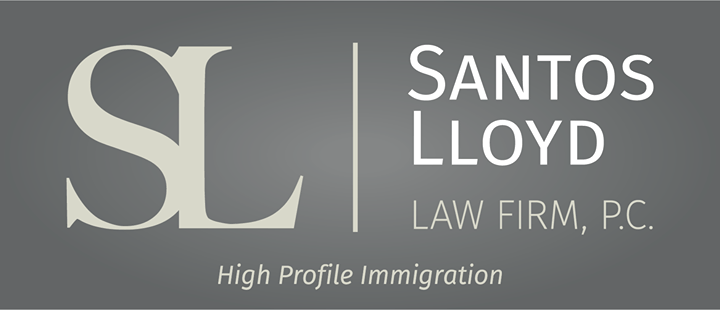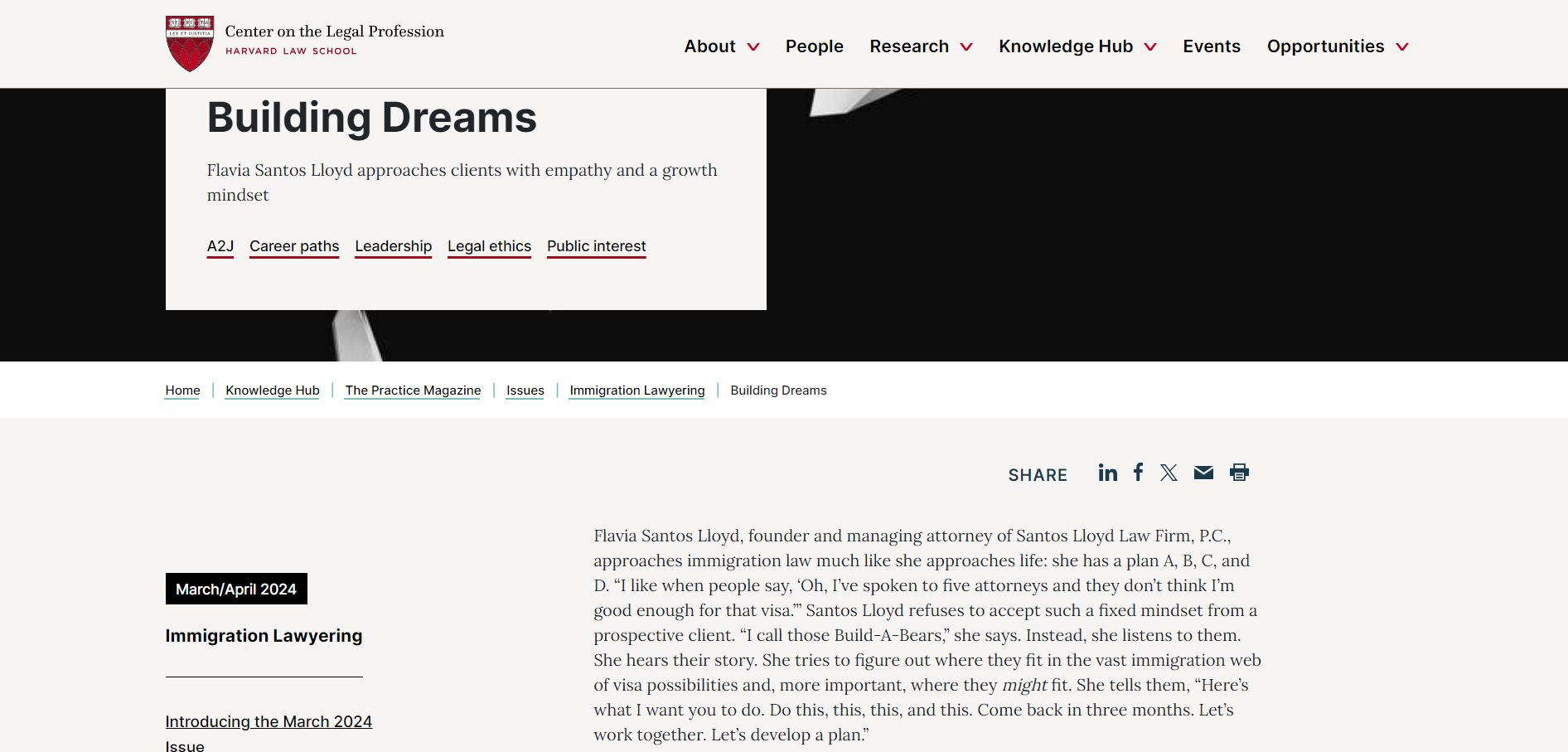By Kyle Huffman
•
14 Mar, 2024
Embarking on the EB-5 immigration journey is both a profound personal endeavor and a strategic investment decision. For individuals seeking to make the United States their new home while contributing to its economic landscape, the EB-5 Immigrant Investor Program offers a pathway unlike any other. This program, established by the U.S. government in 1990, provides foreign investors with the opportunity to obtain permanent residency in the United States by investing in job-creating enterprises . However, navigating the complexities of the EB-5 process requires a thorough understanding of its intricacies, requirements, and potential pitfalls. In this guide, we provide a brief overview of the steps and documents involved in the EB-5 immigration process, shedding light on its key components, eligibility criteria, investment options, and procedural steps, empowering prospective investors with the knowledge needed to embark on this transformative journey with confidence. Before selecting a project and making the investment, it is important for an EB-5 investor to meet with an immigration attorney to strategize for the application. It is required to show the Immigration Service that all funds used in the investment were lawfully earned and retained , so your attorney will want to understand where the money for the investment is coming from and where it has been held since it was earned. Once satisfied with the source and tracing of funds, the investor can select a project to invest in. Following the passage of the EB-5 Reform & Integrity Act, certain investment projects have already been pre-approved by USCIS by filing form I-956 and receiving designation as a Regional Investment Center. The required minimum investment is $1,050,000 by default; however, this amount is reduced for investment centers in “Targeted Employment Areas” to $800,000 . After submitting the investment to the regional center, the investor will then work with their attorney to create the I-526 petition. At this stage of the case, it is time to show USCIS the source and tracing of all of the funds used for the investment. The types documentation required in order to show the lawful source and tracing of funds is extremely broad and highly dependent on where the money is coming from in each particular case, but the most common documents include W-2 or 1099 tax forms, federal and state tax returns, bank account statements, purchase and sale contracts from the sale of real estate, stock certificates, loan contracts, inheritance documents, and wire transfer records, among many other possibilities . EB-5 applicants can either process their green cards through USCIS by filing an I-485 application for Adjustment of Status, or process through the consulate in their home country . If already in the United States on another valid status, the Adjustment of Status application can be submitted concurrently with the I-526 petition. If processing through a consulate overseas, the investor will have to wait until the I-526 is approved before beginning the consular process. The primary applicant, along with a spouse and any unmarried children under 21 years of age are able to receive permanent residency through the EB-5 process. At the completion of either process, whether requesting the Green Card within the United States or seeking entry through a consulate, USCIS will issue conditional green cards, with a validity of two years . Within the last three months before the conditional green card expires , the investor and family will need to file an I-829 application for removal of conditions on the green card. At this stage, nearly two years after the investment has been made, the Immigration Service is confirming whether the investment remains in the project and the requisite 10 jobs have been created . Following I-829 approval, the investor and their family will receive permanent green cards, with a 10-year validity. The investor and family will be able to apply for United States Citizenship five years after the initial green card is issued . The conditional green card does count for this purpose, so citizenship will become a possibility approximately 3 years after the permanent green cards are issued. In conclusion, the EB-5 Immigrant Investor Program stands as a unique avenue for individuals around the globe to fulfill their aspirations of living and thriving in the United States. Through strategic investment and dedication to job creation, participants not only secure permanent residency but also contribute to the nation's economic growth and prosperity. However, it is crucial for prospective investors to approach the EB-5 process with meticulous planning, thorough research, and expert guidance to navigate its complexities successfully . By understanding the program's requirements, exploring investment options, and adhering to procedural guidelines, aspiring immigrants can embark on their EB-5 journey with clarity and confidence. Ultimately, the EB-5 program represents more than just a pathway to residency—it embodies the spirit of entrepreneurship, innovation, and opportunity that defines the American dream. If you believe you may qualify for the EB-5 program or if you have any questions, please schedule a consultation with one of our experienced attorneys and we will be more than happy to assist you.































